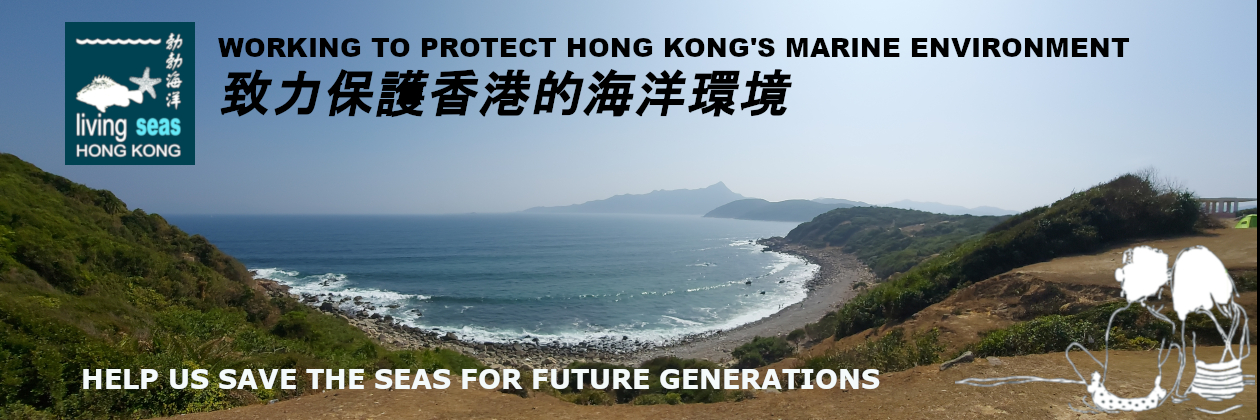[su_row][su_column size=”1/2″] [/su_column] [su_column size=”1/2″]Living Seas Hong Kong is happy to have had a very successful cleanup event on the 19th October. We had a total of 44 volunteers, and we managed to cleanup a total of 670kgs of trash.
[/su_column] [su_column size=”1/2″]Living Seas Hong Kong is happy to have had a very successful cleanup event on the 19th October. We had a total of 44 volunteers, and we managed to cleanup a total of 670kgs of trash.
What is obvious in Hong Kong is that no matter how much effort is put into cleaning our marine environment trash keeps coming back, there is a need to identify and stop the source of the rubbish that is plaguing our marine environment.[/su_column][/su_row]
[su_row][su_column size=”1/2″] To achieve this we strongly support the Hong Kong Cleanup efforts to get accurate and complete data on what rubbish is found and we organised this event to assist in this campaign’s efforts, with volunteers divided into groups with roles of data collectors and rubbish collectors.
For this cleanup event we returned to Bayside Beach, a location we have been to on many occasions. The last cleanup we organised here was for World Ocean Day on 8th June this year. Unfortunately this time what we found could be described as an environmental disaster with a huge amount of rubbish on the beach and in the water, much worse than our last visit. [/su_column]
[su_column size=”1/2″]

[/su_column][/su_row]
The beach itself was covered in plastics of various kinds and one end of the beach was a snow storm of polystyrene. There were two very large blocks, some kind of construction waste, found which had broken up into literally millions of tiny pieces, uncountable and catastrophic. Team got to work collecting and recording what was found.
[su_row][su_column size=”1/2″]The situation wasn’t much better for our diving groups, with a large amount of fishing nets, discarded ropes and plastic bags smothering the coral areas in the bay. Not a good situation.
Along with the collecting of the damaging debris, the divers were able to release entangled crabs and fish that were caught in newly discarded nets, some of the discarded nets were more that 20 metres long. Discarded nets are common in Hong Kong waters and are referred to as Ghost Nets, cleaning these nets and reducing the occurence is a huge issue. [/su_column] [su_column size=”1/2″]

[/su_column][/su_row]
At the end of day of a tiring but satisfying day our group efforts were rewarded with a good accurate tally of data on what we found.
Here are some of the highlights
635 plastic bottle caps
216 straws
1300 plastic bags or plastic food wrappers
596 metres of discarded ropes
182 fishing nets or pieces of nets, some new nets retrieved of upto 20 metres.
Full data card can be downloaded. http://livingseas.hk/
Living Seas Hong Kong is very grateful for the support of Wilfred Catering
![]()
[su_row][su_column size=”1/5″]

[/su_column]
[su_column size=”1/5″]

[/su_column]
[su_column size=”1/5″]

[/su_column]
[su_column size=”1/5″]

[/su_column]
[su_column size=”1/5″]

[/su_column]
[/su_row]
